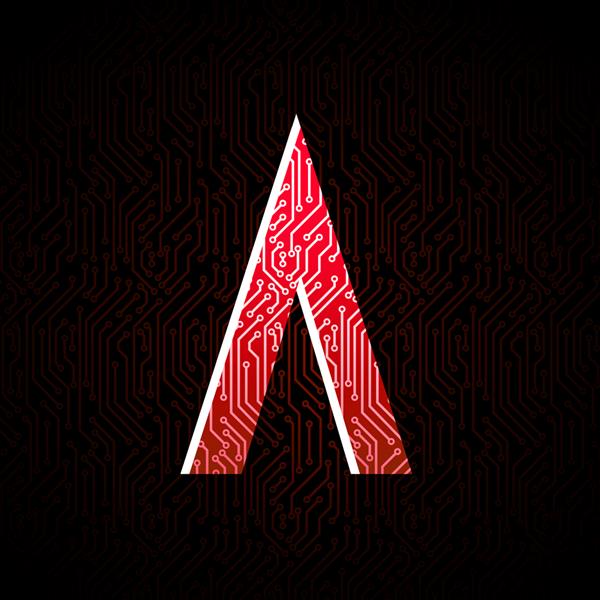Basic rework can be done with only a few tools, but for larger chips, and a higher success rate (without damaging the board) a few additional tools are highly recommended. The basic tools are:
- 1.Hot air solder rework station (adjustable temperature and air flow controls are essential)
- 2.Solder wick
- 3.Solder paste (for resoldering)
-
4.Solder flux
5.Soldering iron (with adjustable temperature control) - 6.Tweezers
- 1.Hot air rework nozzle attachments (specific to the chips that will be removed)
- 2.Chip-Quik
- 3.Hot Plate
- 4.Stereomicroscope
Prepping for Resoldering
For a component to be soldered on to the same pads where a component has just been removed requires a little preparation for the soldering to work the first time. Often a sizable amount of solder is left on the PCB pads which if left on the pads keeps the IC raised and can prevent all of the pins from being correctly soldered. Also if the IC has a bottom pad in the center than the solder their can also raise the IC or even create hard to fix solder bridges if it gets pushed out when the IC is pressed down to the surface.
The pads can be cleaned up and leveled quickly by passing a solder free soldering iron over them and removing the excess solder.
Rework
There are a couple of ways to quickly remove an IC using a hot air rework station. The most basic, and one of the easiest is to use, techniques is to apply hot air to the component using a circular motion so that the solder on all of the components melts at about the same time. Once the solder is melted the component can be removed with a pair of tweezers.
Another technique, which is especially useful for larger ICs is to use Chip-Quik, a very low temperature solder that melts at a much lower temperature than standard solder. When melted with standard solder they mix and the solder stays liquid for several seconds which provides plenty of time to remove the IC.
Another technique to remove an IC begins with physically clipping any pins the component has that are sticking out of it. Clipping all of the pins allows the IC to be removed and either hot air or a soldering iron is able to remove the remains of the pins.
Dangers of Solder Rework
Using a hot air solder rework station to remove components is not entirely without risk. The most common things that go wrong are:
- Damaging nearby components - No all components can withstand the heat required for removing an IC over the time period that it can take to melt the solder on the IC. Using heat shields like aluminum foil can help to prevent damage to near by parts.
- Damaging the PCB board - When the hot air nozzle is held stationary for a long time to heat up a larger pin or pad the PCB may heat up too much and start to delaminate. The best way to avoid this is to heat up components a little slower so that the board around it has more time to adjust to the temperature change (or heat up a larger area of the board with a circular motion). Heating a PCB very rapidly is just like dropping an ice cube in to a warm glass of water - avoid rapid thermal stresses whenever possible.














